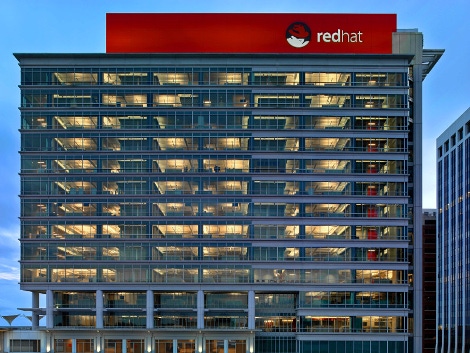Red Hat Certifies Midokura’s SDN for OpenStackRed Hat Certifies Midokura’s SDN for OpenStack
As users continue to be skeptical about Neutron, interest for alternatives is on the rise
August 24, 2015

Looking to keep its options open when it comes to networking in virtualization environments, Red Hat has certified Midokura Enterprise MidoNet network virtualization software for use on the Red Hat Enterprise Linux OpenStack Platform Version 7. The announcement comes before the kick-off of the OpenStack Silicon Valley event later this week.
Adam Johnson, VP of business for Midokura, said the company is seeing a lot of interest in using RHEL to run OpenStack. But given ongoing concerns about the quality of the networking software provided by the Neutron implementation of network virtualization software that comes with OpenStack, interest in alternative forms of network virtualization is running equally high, he said.
In general, Johnson said that as IT organization begin to find themselves managing multiple clouds and making use of technologies such as Docker containers and software-defined networks, they find that network virtualization is no longer optional as the IT environment as a whole becomes more distributed.
“We see microservices and SDNs driving adoption,” said Johnson. “IT operations teams discover a need to upgrade their operations.”
As a member of the Red Hat Connect for Technology Partners program, Midokura has an existing relationship with Red Hat. The certification, however, takes that relationship a level deeper at a time when IT organizations are looking to expand usage of OpenStack in production environments, said Johnson.
Like it or not, the rise of microservices is going to drive more IT organizations to manage their data center environments at higher levels of abstraction. The days when IT organizations could keep pace with changes and updates to the environment using command line interfaces are coming to an end.
Network virtualization provides an overlay across physical networks that SDN software then invokes to automate the management of functions across multiple networks. In effect, SDNs turn those networks into a set of programmable resources that IT organizations can access often using the same management frameworks they use to manage servers and storage.
The degree to which those frameworks will consolidate job functions across the data center remains to be seen. But it’s already apparent that demand for IT administrators that have only one primary skill is declining. In contrast, there is a considerable demand for IT administrators that have programming skills that can be applied across multiple types and classes of IT infrastructure.
Naturally, it will take some time before higher levels of abstraction begin to drive consolidation of IT management functions inside the data center. But the process almost always starts with some form of network virtualization overlay on which the rest of modern IT management frameworks now depends.
About the Author
You May Also Like







